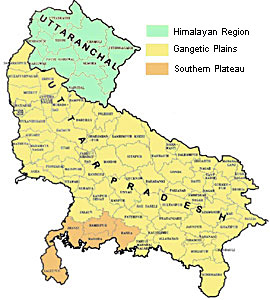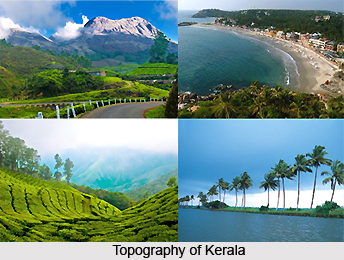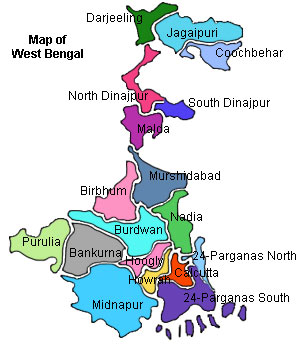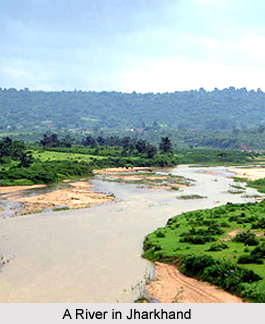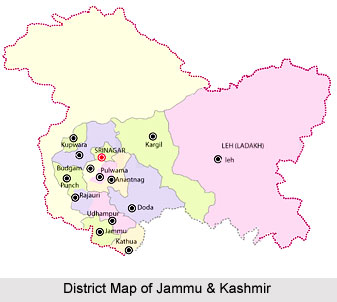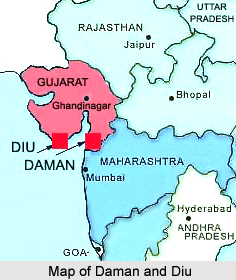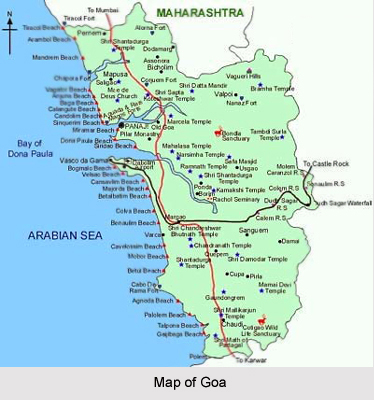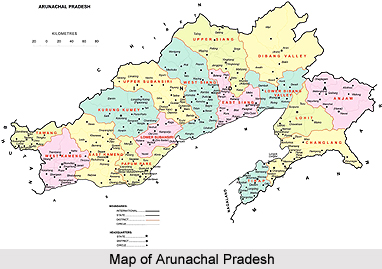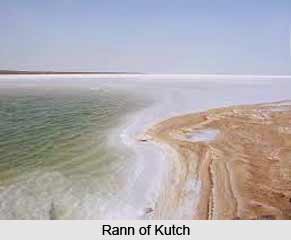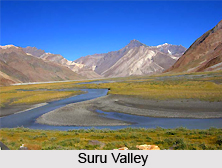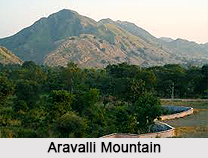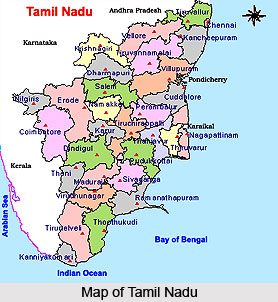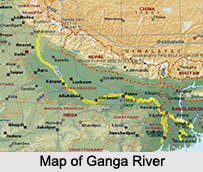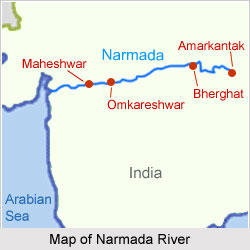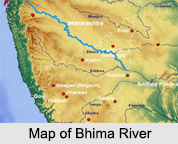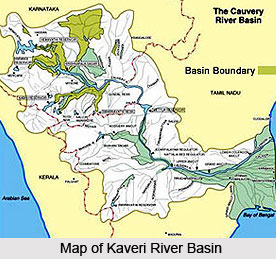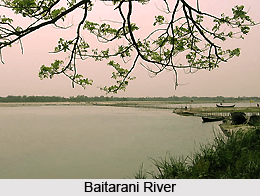 Baitarani River is one of the six major rivers of Odisha state of India. It is also known by the name Vaitarani. The river originates from the Gonasika/Guptaganga hills. It begins flowing over a stone. After flowing for about half a kilometer it flows underground. The river is known as Guptaganga or the Gupta Baitarani in Gonasika of Keonjhar district in Odisha. The uppermost part of the river flows in a northerly direction. Then it changes its path and flows eastward. The beginning portion of Baitarani acts as the boundary between Odisha and Jharkhand.
Baitarani River is one of the six major rivers of Odisha state of India. It is also known by the name Vaitarani. The river originates from the Gonasika/Guptaganga hills. It begins flowing over a stone. After flowing for about half a kilometer it flows underground. The river is known as Guptaganga or the Gupta Baitarani in Gonasika of Keonjhar district in Odisha. The uppermost part of the river flows in a northerly direction. Then it changes its path and flows eastward. The beginning portion of Baitarani acts as the boundary between Odisha and Jharkhand.
Tributaries of Baitarani River
This river enters a plain at Anandapur thereby creating a deltaic zone at Akhuapada. The river has 65 tributaries. Out of all the tributaries, 35 join from the left side and 30 join from the right side. The river basin in Odisha is spread among 42 blocks of eight districts. The upper Baitarani basin which lies on the western slopes of the Eastern Ghats comprises of the Panposh-Keonjhar-Pallahara plateau.
Significance of Baitarani River
The dams and barrages on the Baitarani and its major tributary, the Salandi, irrigate 61,920 hectares. The Baitarani basin possesses rich mineral and agricultural resources and thus offers an ideal ground for establishment of various industries. However, Baitarani basin face floods regularly.
This article is a stub. You can enrich by adding more information to it. Send your Write Up to content@indianetzone.com
